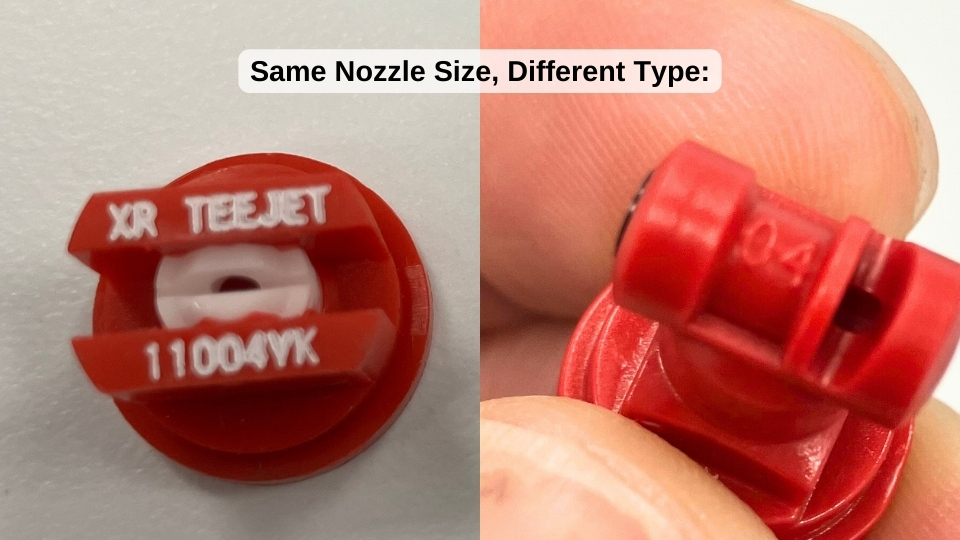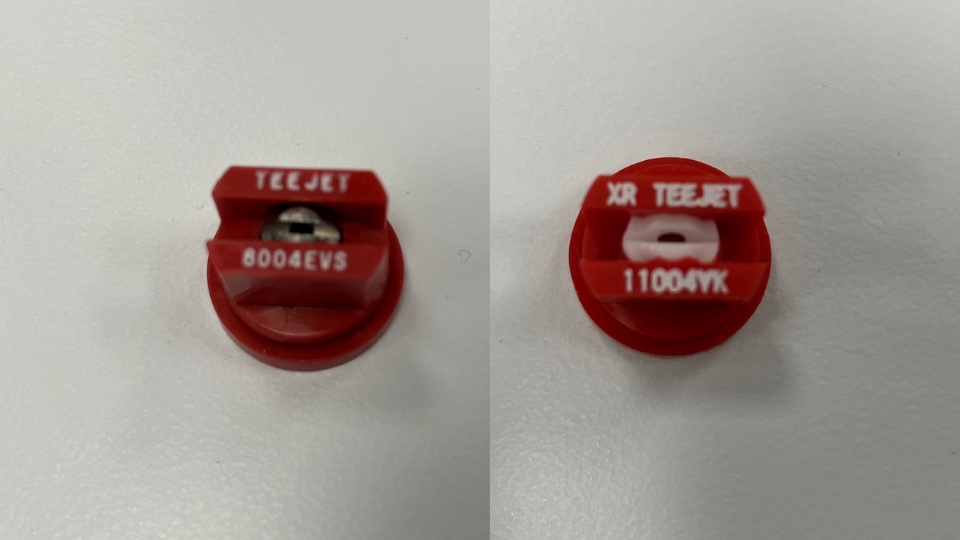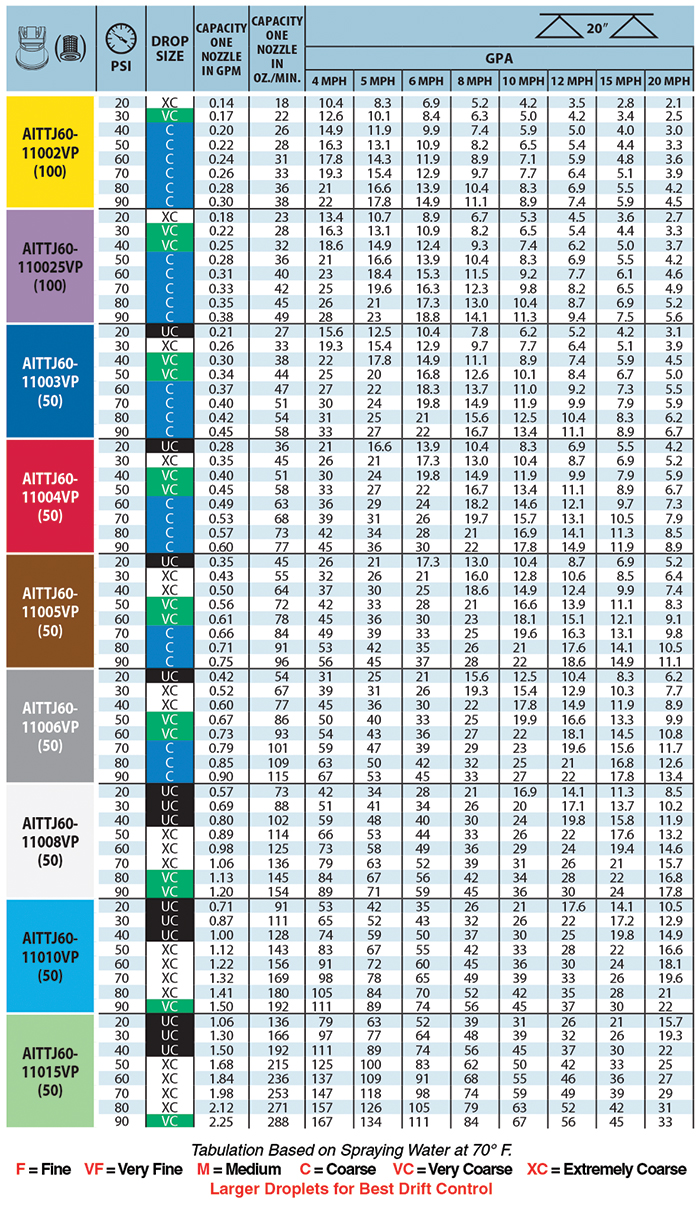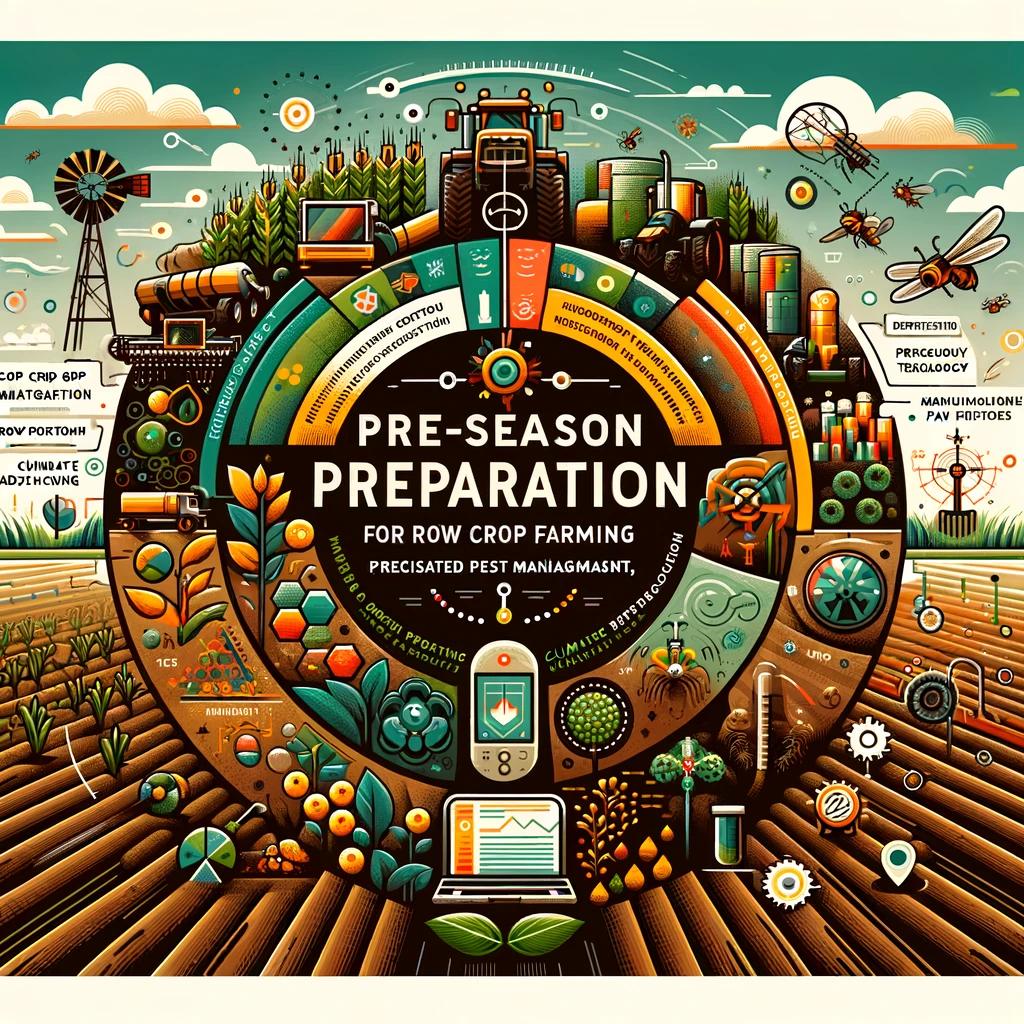MP Pumps has been manufacturing quality centrifugal pumps for more than 80 years. Over this time, they have developed and improved upon their designs to offer reliable and affordable fluid-handling options for a variety of industries and applications.
There is almost certainly an MP pump that will work for you, but sorting through the various types can be tough. As a master MP Pumps distributor, Dultmeier Sales can help you pinpoint the right one. Here's a detailed look at the different MP Pumps available, their common uses, and the advantages and disadvantages of each type.
MP Pumps Company Overview
MP Pumps has been around since 1942, proudly crafting high-quality centrifugal pumps from their home base in Fraser, Michigan. They've got a pump for just about everything from making sure your fertilizer and ag chemical system runs without a hitch to keeping industrial processes flowing smoothly, to moving petroleum products efficiently.
MP Pumps Company Info:
- Founding: 1942
- Location: Fraser, Michigan.
- Phone Number: (800) 563-8006
- Parent Company: Ingersoll Rand
- Website: MP Pumps
Industries Covered:
- Agriculture
- Fuel
- Transportation
- Irrigation
- Marine
- Industrial
MP Pump Types
MP Pumps has an extensive product line. They manufacture self-priming pumps, straight centrifugal pumps, chemical pumps, circulator pumps, petroleum pumps, and more.
Dultmeier Sales can supply just about any MP pump but we focus primarily on the ag, industrial, and petroleum pumps. These industries rely on the MP Flomax, Chemflo, and Petrolmaxx lines. One of the most common is the Flomax self-priming pump series, so let's start there.
MP Flomax
Description: These are self-priming centrifugal pumps. Available in materials like cast iron and stainless steel. Versatile, and capable of handling a wide variety of fluids. Many parts are interchangeable with other Flomax models.
Common Uses: The MP Flomax pump can be implemented in countless situations. Dultmeier Sales has been selling the Flomax series pump for use in agriculture for several years. Specifically, nurse trailer and sprayer tender truck transfer pumps, as well as fertilizer and agrochemical bulk plant pumps. They are excellent at handling water, agrochemicals, and fertilizer but they can be used with other liquids as well.
Key Features:
- Capable of flows up to 750 GPM.
- Handles pressures up to 230 head feet.
- Stainless steel shaft sleeve for durability and corrosion resistance.
- Self-Priming
- Viton seals standard
- Removable bolt-on FNPT flanges means your piping remains in place when servicing the pump
- Wear plate can be replaced to extend the life of the pump
- Suction check-valve holds liquid, protecting the pump seal when it re-primes
Find Flomax Pumps Ready to Ship Today!
Flomax Pump Options
When it comes to connecting the pump to an engine or motor, MP offers the Flomax pump in two basic configurations. The pedestal version and the PumpPak version.
Pedestal: A pedestal pump is designed to be long-coupled to motors, or other drives. It features a bearing pedestal and solid shaft.
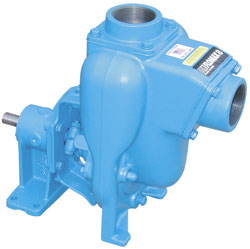
PumpPAK: This version of the Flomax pump is designed to be mounted directly to an engine or motor. There are versions to mount on gas-enines, hydraulic motors, and C-face electric motors.

Flomax Pump Sizes
Flow rate is always key for any pump type. There are Flomax pumps made to deliver up to 750 GPM:
- Flomax 5 - 1-1/2 inch ports, Up to 145 GPM
- Flomax 8 - 2 inch ports, Up to 170 GPM
- Flomax 10 - 2 inch ports, Up to 225 GPM
- Flomax 15 - 3 inch ports, Up to 320 GPM
- Flomax 30 - 3 inch ports, Up to 500 GPM
- Flomax 40 - 4 inch ports, Up to 750 GPM
Find Flomax Pumps Ready to Ship Today!
Materials
The Flomax line is available in several materials. Pumps constructed with cast iron housings and impellers, stainless shafts, and Viton seals are most common. All stainless pumps are available for more corrosive applications.
Pump Drives
An MP Flomax pump can be driven a number of ways. Whether you require an electric motor, engine, or hydraulic motor. The pedestal pump version can be assembled on a baseplate with motor and long-coupled together. The PumpPak version can be mated directly or close-coupled to C-face electric motors or gas engines.
Various shaft sleeve sizes and bolt patterns are available so you can easily connect an MP pump to almost any C-face motor or gas engine.
If you would like a more detailed explanation of close-coupled and long-coupled pump units, be sure to read this guide to the best fertilizer pump options.
Chemflo Series
Description: Some liquids are more harsh on pumps than others. The MP Chemflo stainless steel pump family is built to withstand more severe applications and corrosive liquids. There are several different variations within this family to be compatible with different types of liquids.
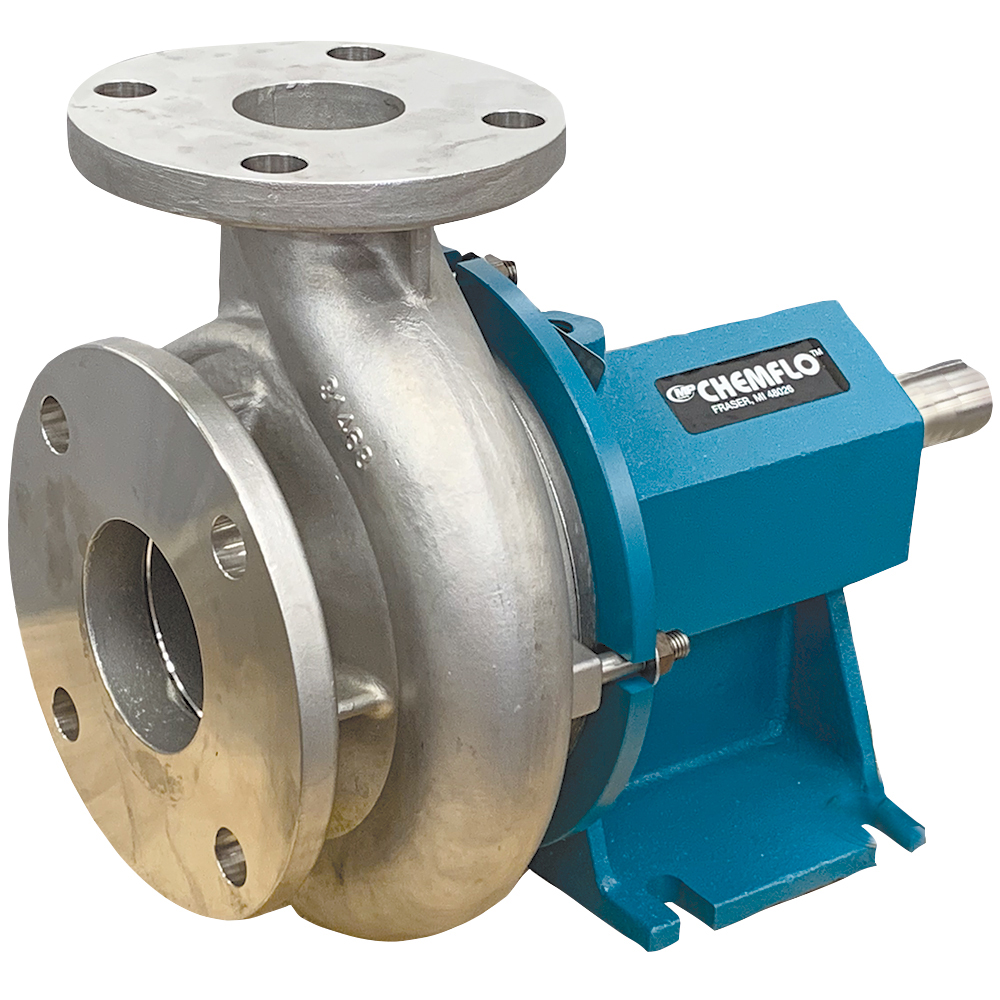
Common Uses: Agricultural chemical mixing, fertilizer transfer, water treatment, de-icing liquids, and other industrial fluid transfer.
Key Features:
- Corrosion-resistant 316 stainless wetted components
- Suitable for a wide range of chemicals
- Available in a variety of sizes
MP Chemflo Pump Options
The Chemflo pump family is made up of more than 30 unique models. These different models are designed to be used in many different applications. They vary in flowrate, drive type, port size (flanged & NPT), etc.
Sizes
Chemflo pumps come in very low to high-flow options. Their CFX pumps have 1/2 to 1-inch ports with flow rates ranging from 10-40 GPM. The larger versions are available with 1-1/2 up to 3-inch ports and these pumps will provide maximum flow rates of 150-395 GPM.
Materials
One of the primary features of this pump series is the cast 316 stainless steel components used to construct the pump. While stainless is not an answer for 100% of liquids, it does offer resistance to the effects of a much wider range of liquids when compared to cast iron.
While the housing, impeller, and other components are made from stainless steel, the mechanical seal is available with a variety of options including Viton, EPDM, and Teflon. You can always refer to our chemical compatibility charts to evaluate which materials and elastomers will be compatible with the liquid you need to pump.
Drive Options
Like other MP pumps, the Chemflo series comes in a variety of setups included long-coupled pump and motor units, close-coupled pump and motor units, and hydraulic-driven units.
For more details and an explanation of close-coupled and long-coupled pump units, be sure to read this guide to the best fertilizer pump options.
PetrolMaxx Series
Description: Pumping fuels in high-volume applications requires the right type of pump for efficiency, compatibility, and safety. MP's PetrolMaxx series is a self-priming pump similar in design to the Flomax family but constructed with materials compatible with fuels. There are variations to ensure compatibility with diesel, biodiesel, gasoline, E85, and more.
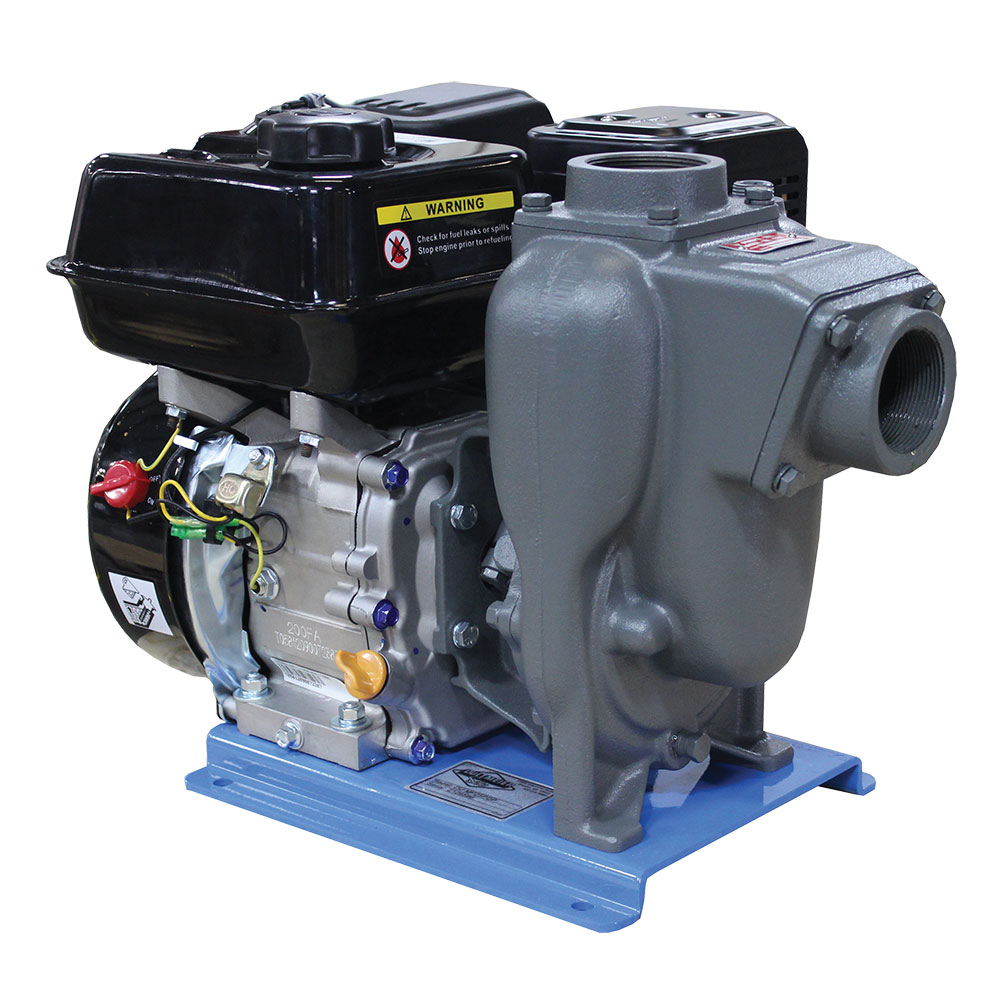
Common Uses: High-volume fuel transfer. Loading and unloading bulk fuel trailers and trucks. Filling large equipment for construction and agriculture.
Key Features:
- Self-priming
- Available to mate directly to engines/motors or with a bearing pedestal for long coupling
- Flow rates of 150-700 GPM
- Options for Ethanol, Biodiesel, Gasoline, Diesel, and More
MP PetrolMaxx Options
For safety and compatibility, it's crucial to use the right pump for each type of fuel. That's why MP has created a variety of pump models designed specifically for different fuels. Each model is built with materials that match the unique properties of the fuel it's meant to handle, ensuring safe and reliable operation.
One of the most popular versions is made to handle diesel. Dultmeier sells hundreds of two-inch PetrolMaxx pumps driven by gas-engines for high-volume diesel fuel transfer. These pump units help fill equipment much faster than the common 12-volt fuel pumps. You can get flow rates well over 100 GPM with the right size hose and fuel filters.
MP Petroleum Pump Sizes
- 1-1/2 Inch
- 2 x 2 Inch
- 3 x 3 Inch
- 4 x 3 Inch
- 4 x 4 Inch
See More MP PetrolMaxx Pump Options Here
Materials
As mentioned earlier, the PetrolMaxx family of pumps consists of several pumps fitted for specific fuels. The materials used include: steel, aluminum, cast iron, ductile iron, nitrile, 316 SS, Viton, Ni-resist, and more.
Drive Options
You can fit a PetrolMaxx pump to a gas-engine, electric motor, or hydraulic motor. It is important to note that some fuel types may require the use of an explosion-proof motor or gas-engine.
Dultmeier sales builds pump units on baseplates for easy installation. The units are available close coupled to electric motors or engines, and long coupled to electric motors. There is also a complete fuel unit with a hose reel, pump, fuel filters, fuel nozzle, and base plate.
Final Thoughts
MP Pumps has been a reliable supplier for years offering a wide range of pump solutions. Dultmeier sales has relied on MP as a competitively priced and durable pump for the rigors of the primary industries we have served. Including the fertilizer and ag chemical world as well as for de-icing, industrial, and fuel transfer.
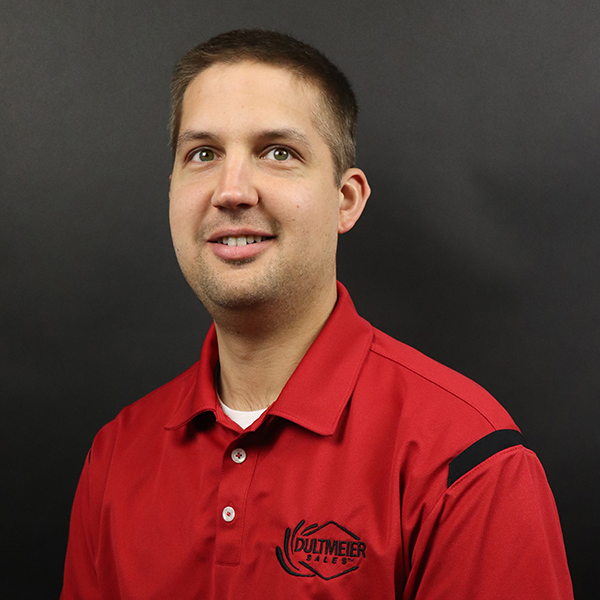
Tech Ag & Industrial Sales
Shane Blomendahl is a tech sales veteran at Dultmeier Sales with over 10+ years of experience in liquid handling products covering several industries and applications.









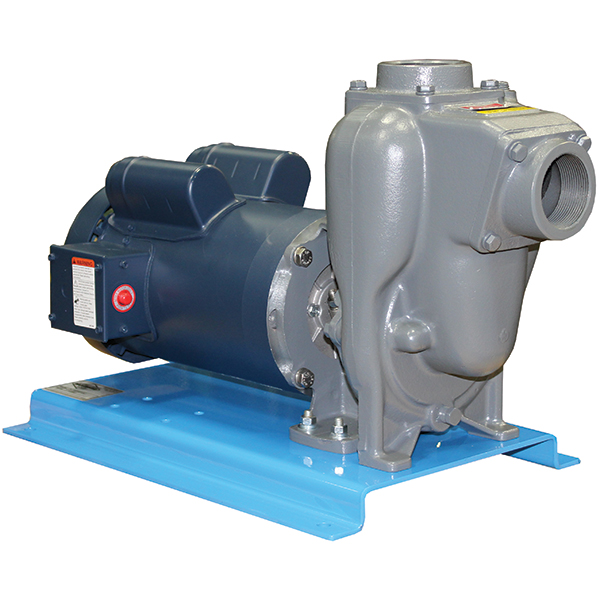


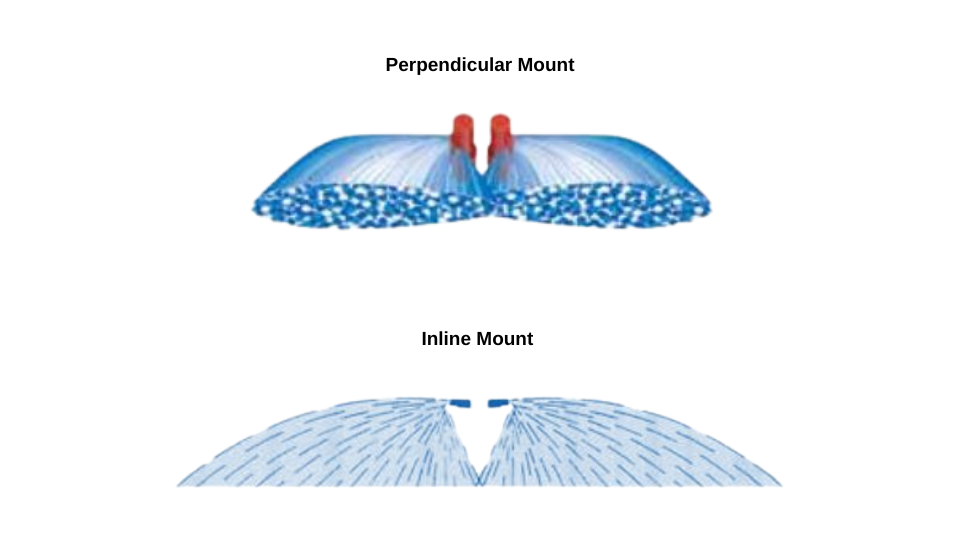

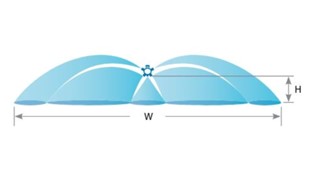

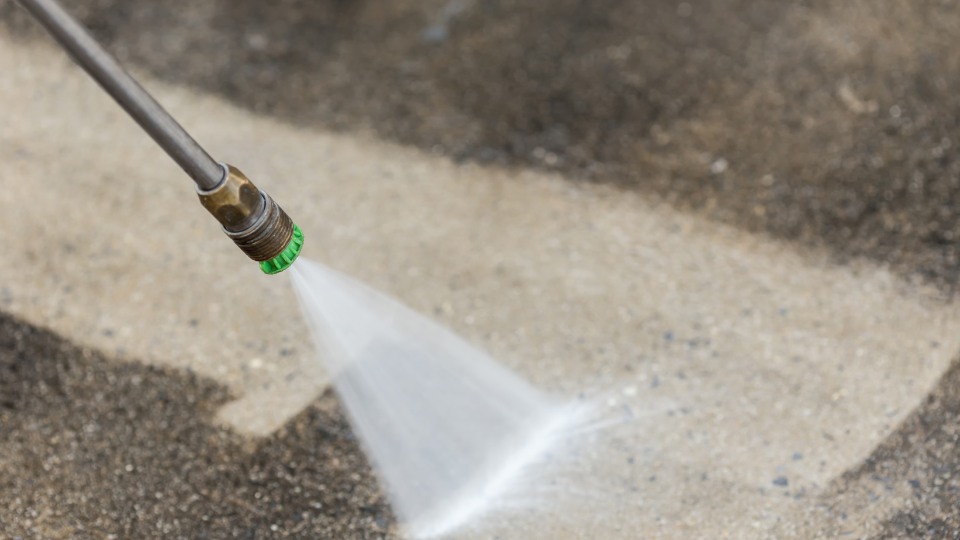
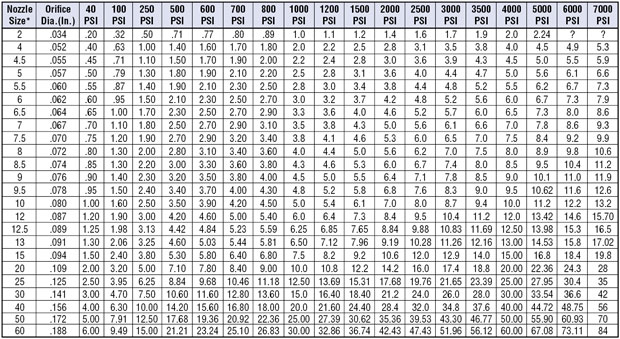
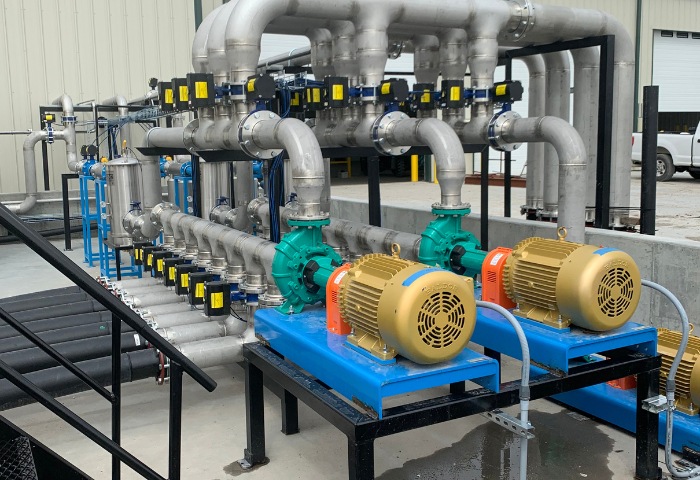

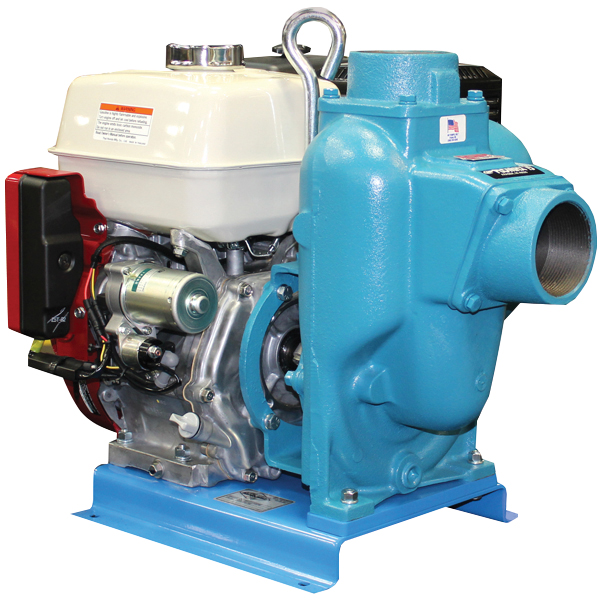

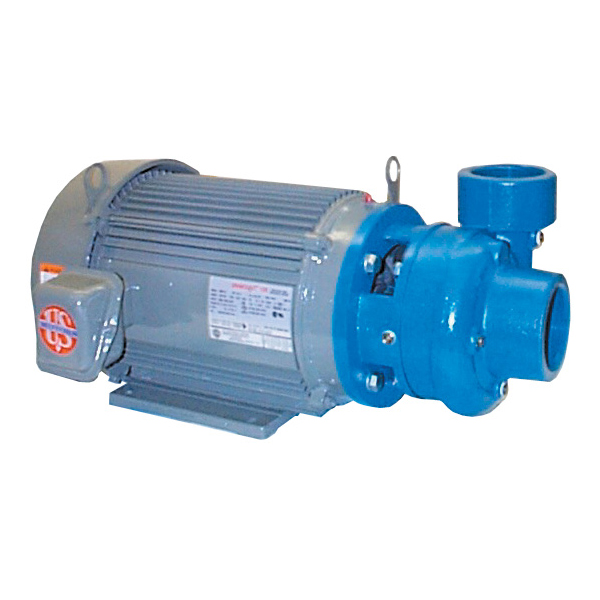

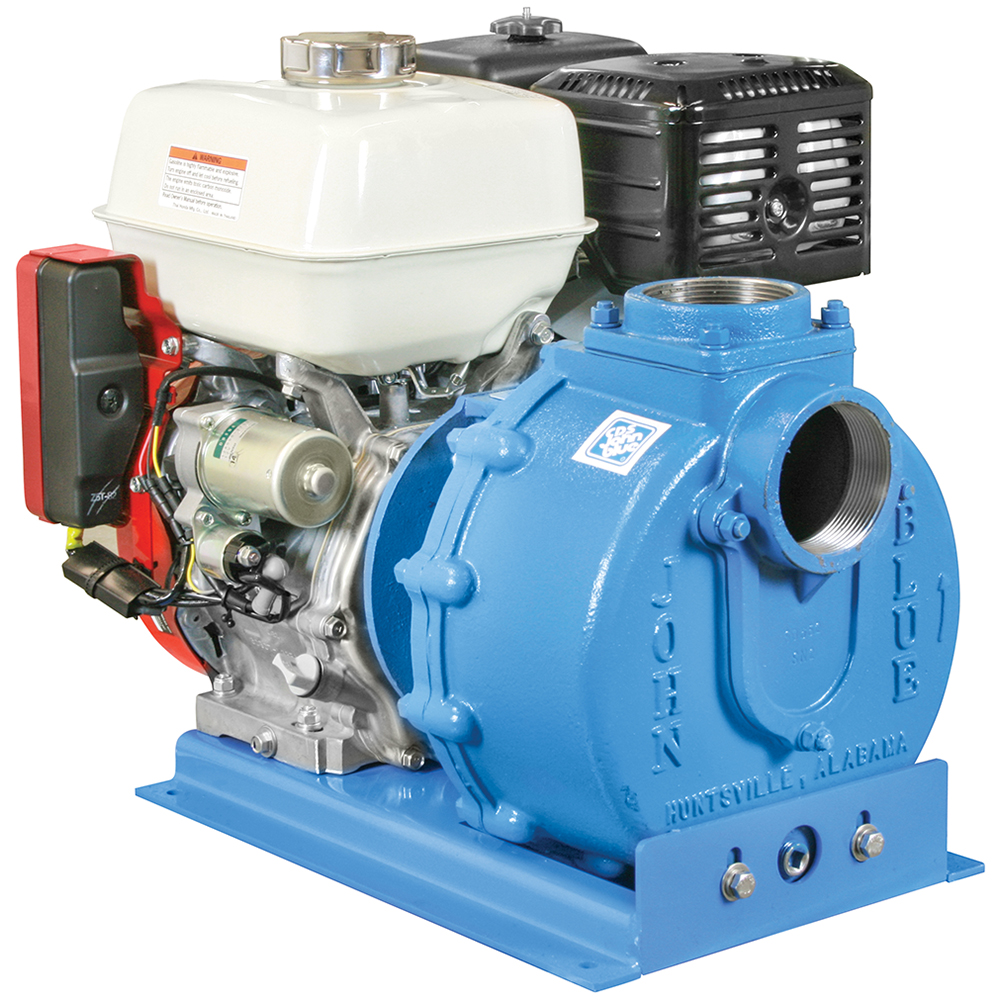


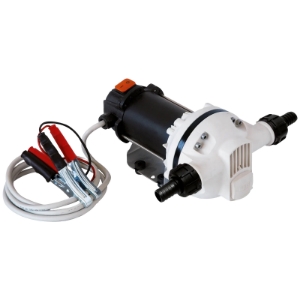


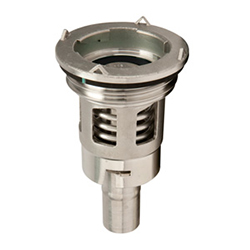




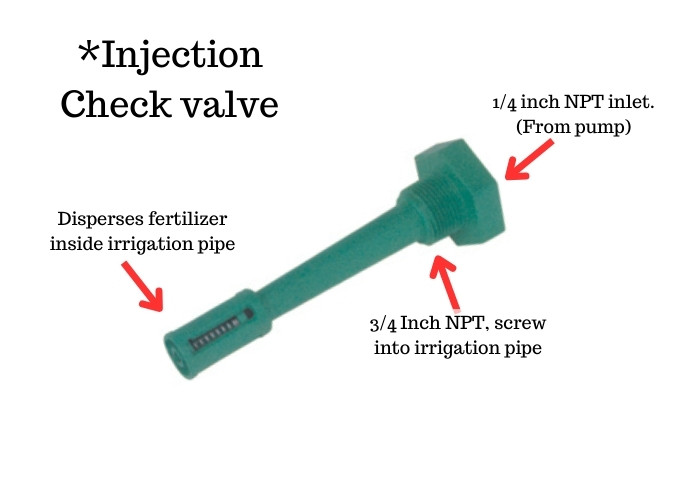
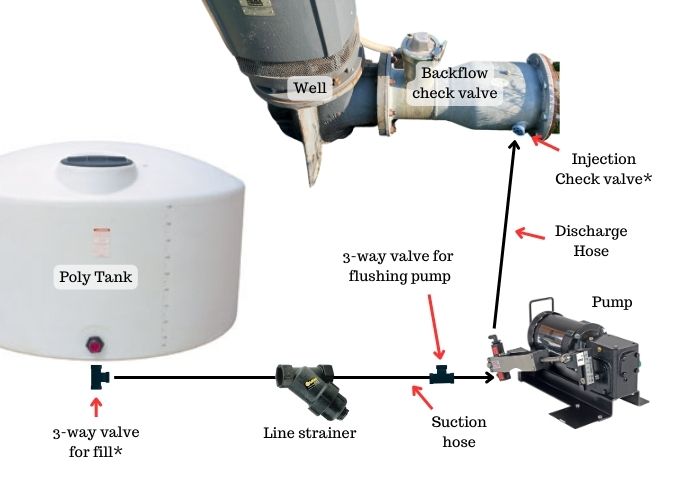

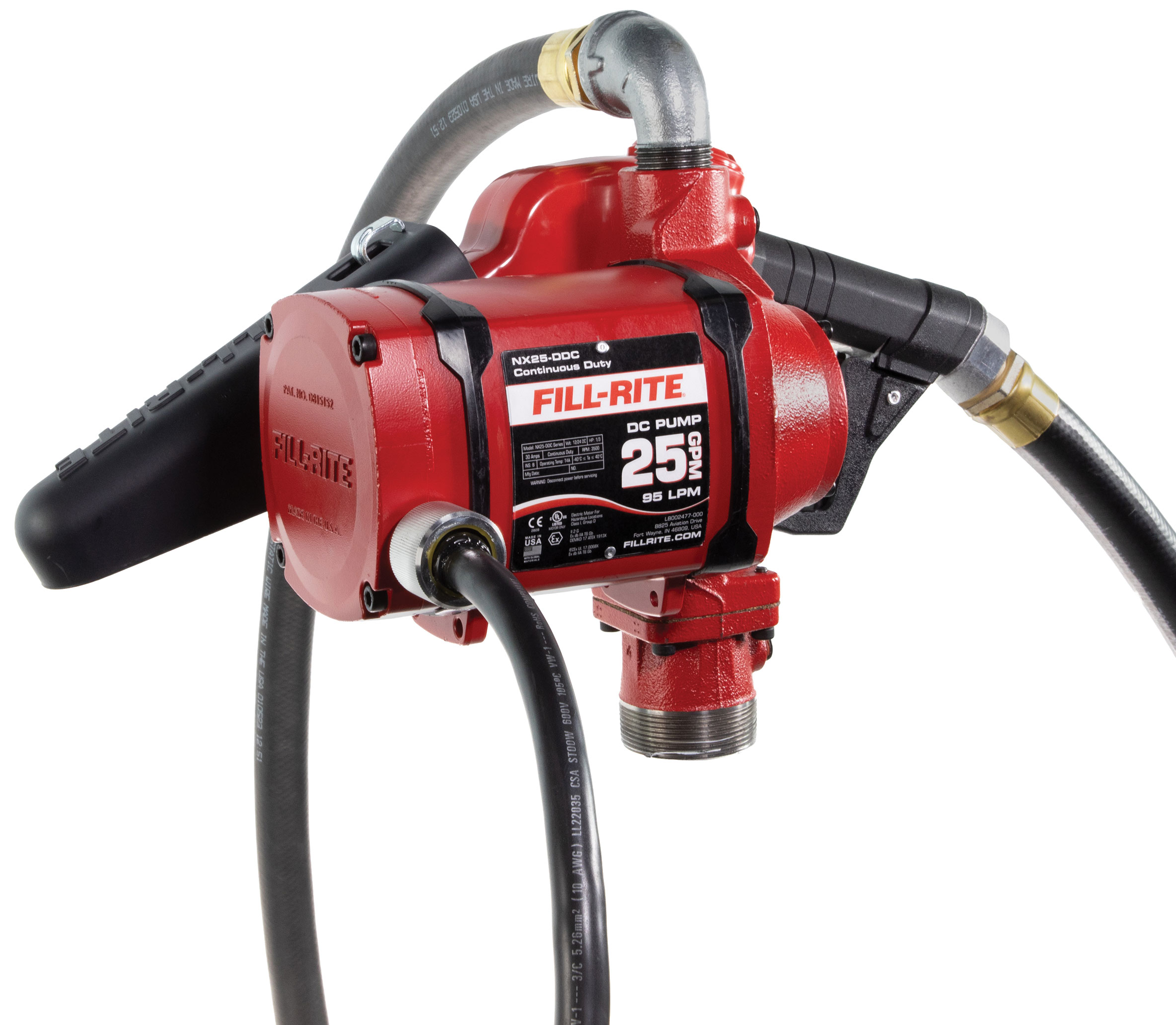


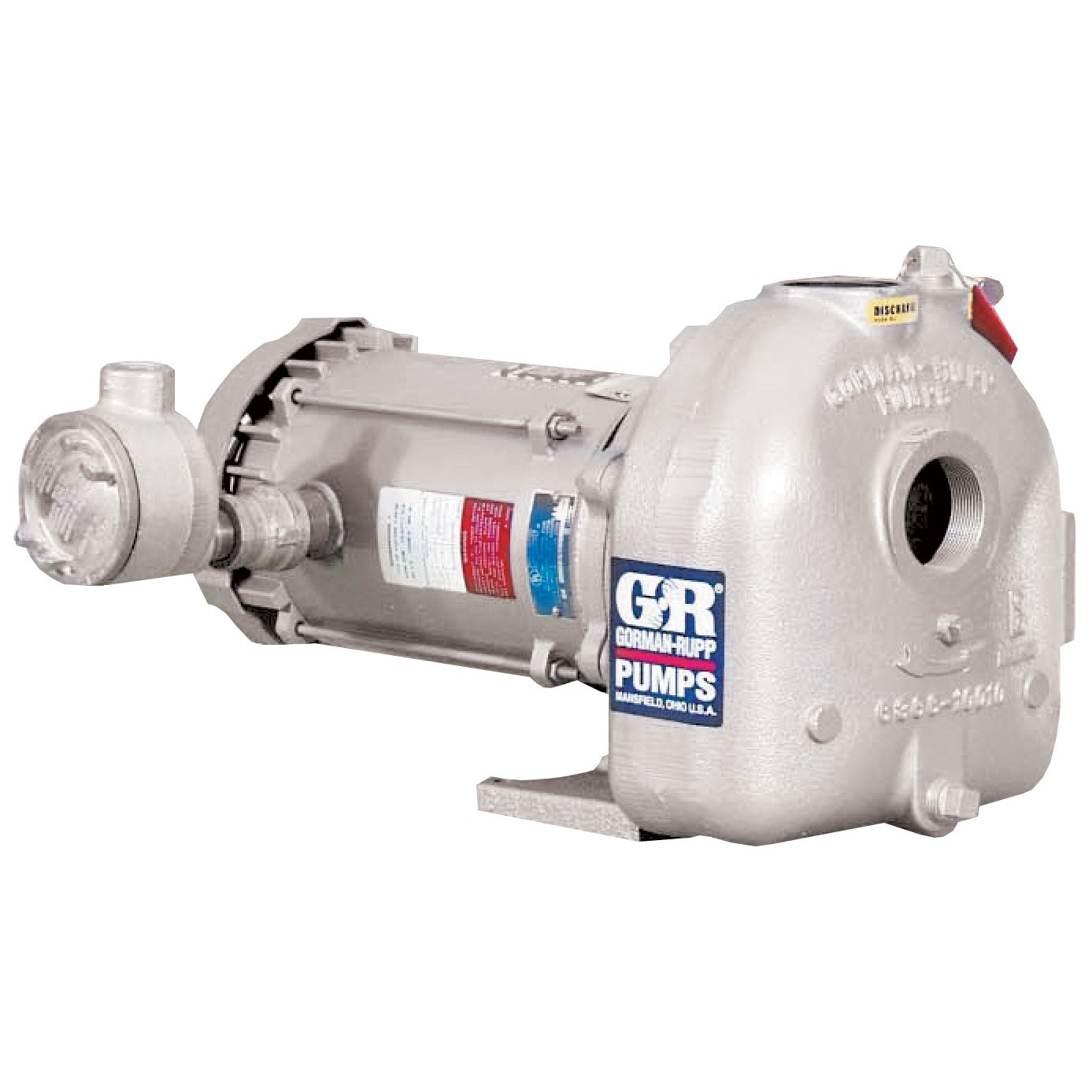


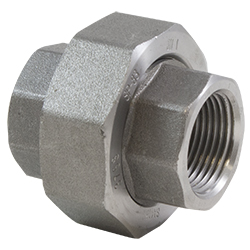


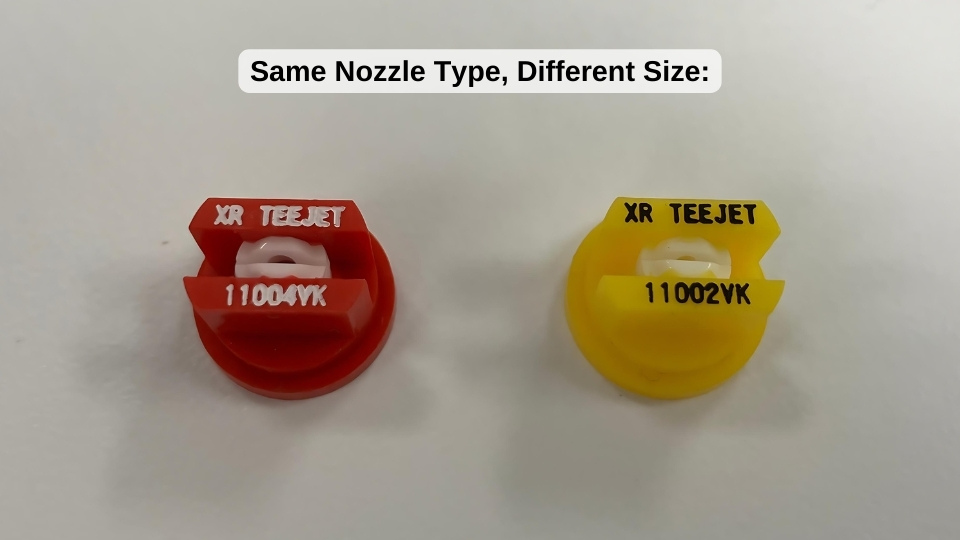 The red nozzle is an 04 size and the yellow nozzle is an 02 nozzle.
The red nozzle is an 04 size and the yellow nozzle is an 02 nozzle.